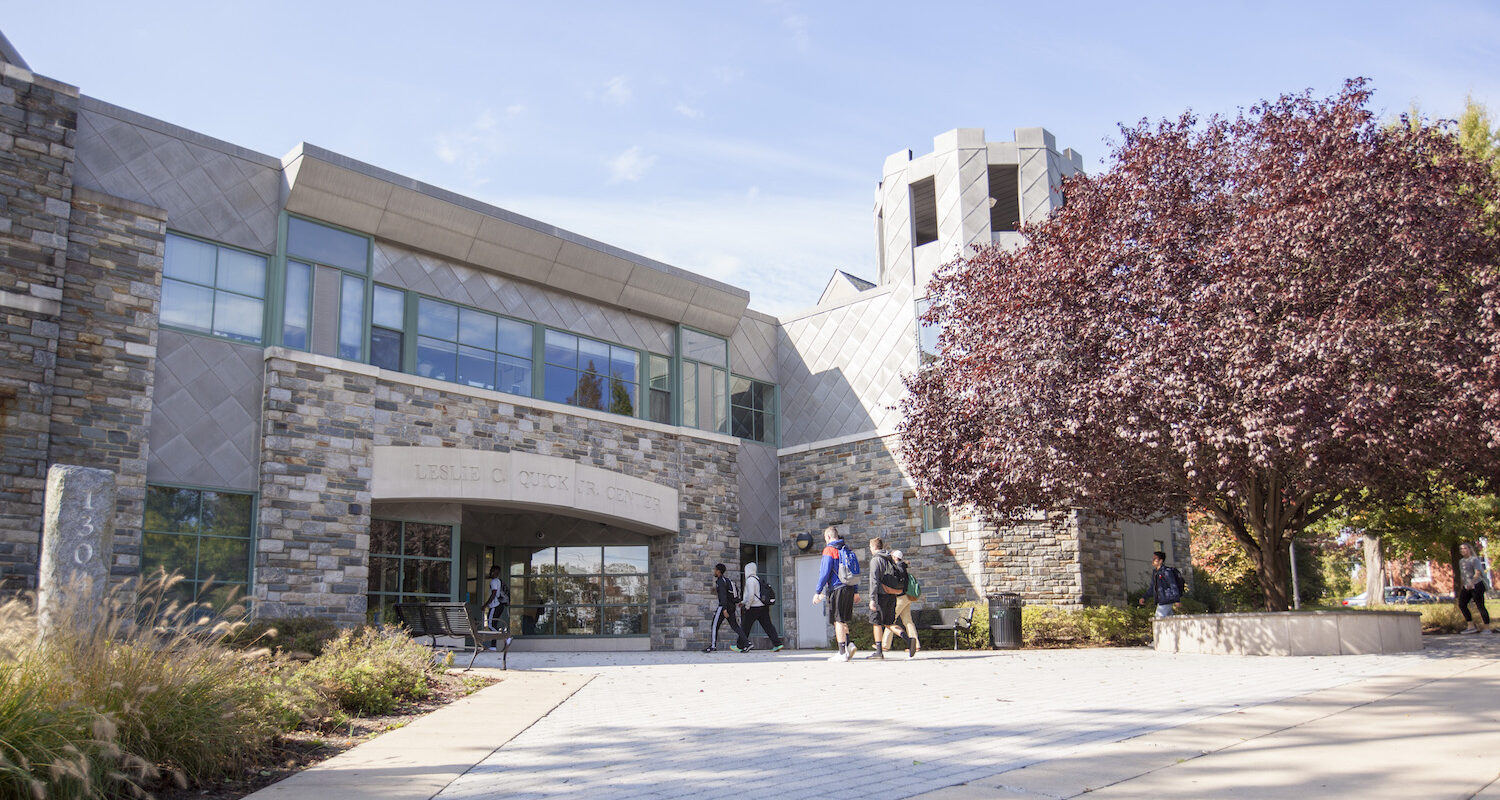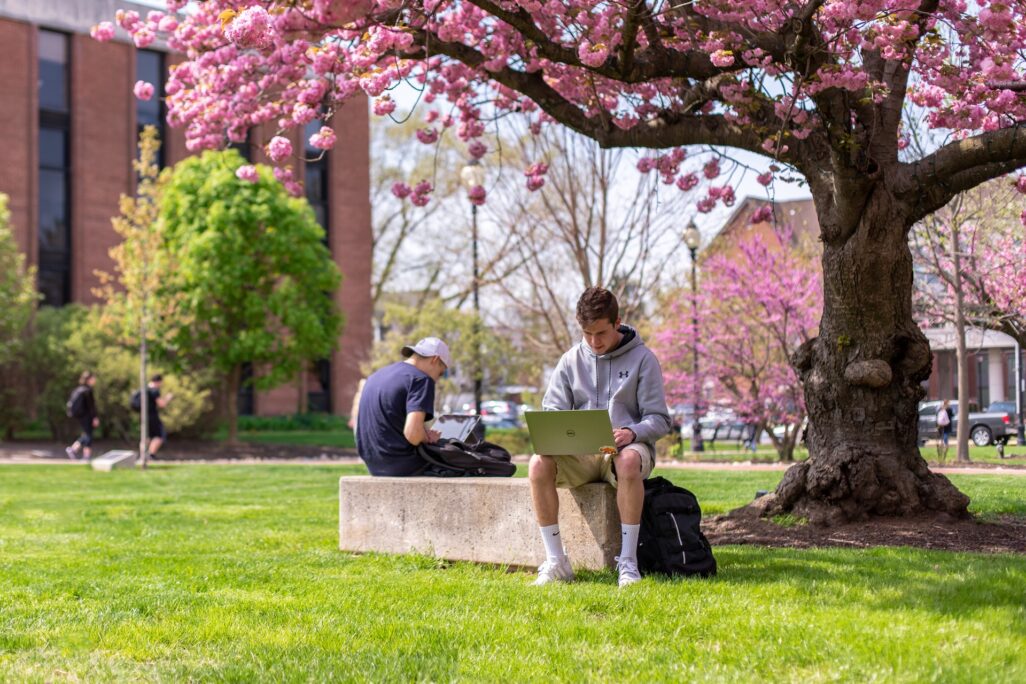
Online Student Experience
Request More Information
Complete this form to receive information about coursework, admissions, tuition, and more.
Online Programs That Connect You to Your Future
Widener University’s online programs are driven by connections. You’ll join other aspiring social workers while learning online, building skills and your professional network. The expert faculty members help you connect what you learn in class to real-world scenarios, empowering you to succeed as a practitioner after finishing your program. And you can access your coursework from anywhere using your laptop or tablet, giving you the flexibility needed to succeed at work and in class.

Meet Your Widener Support Team
If you’re looking for a supportive online student experience, Widener University is right for you. You’ll receive valuable guidance from the moment you request information — and we’ll be here for you throughout your online degree program and beyond.
- Program manager: When you request information, our program managers will answer your questions and offer support during the application process.
- Student services coordinator: After your first week of class, your student services coordinator will take over for the program manager to facilitate a seamless online student experience.
Student Resources
At Widener University, there is strength in numbers. Our Student and Career Services teams foster a smooth online learning experience and empower your success after graduation.
Student Services
Let’s Make Your Academic Journey a Success
We take your academic success seriously and connect you to an array of distance-learning resources and services. Here are a few ways our faculty members and support staff assist students in our online and hybrid degree programs:
Career Services
Advance From the Classroom to a Successful Career
Our hands-on online courses prepare you to thrive in social work, and our career services provide support for finding and securing career opportunities. Throughout your online student experience at Widener University, you can take advantage of these and other resources:
“It has more than blown me out of the water with how much I love [the MSW program]. How many different directions I can go with this degree is amazing. There is so much I can do with it in the future.”
– Matt Cahill, online MSW student and founder of two support programs for veterans and their families
Why Choose Widener University?
A Legacy of Skilled Leadership
We put service, leadership, and academics first with personal attention from a faculty of professionals focused on your success.
Hands-On Learning Experiences
We engage students in unique, experiential courses that instill advanced knowledge and skills, backed by a storied history of empowering innovative leaders.
A Convenient Online Environment
Study anytime, anywhere in flexible online courses that enable you to flourish academically and professionally.
Connect With Our Community
We welcome each online student into the Widener community, providing engagement opportunities through discussion boards, group projects, and more.
Technology Requirements
Accessing and completing your coursework requires the following:
Hardware
- PC, Mac, or tablet
- Microphone and headphones or earbuds
- Webcam
Software
- Canvas (with Respondus Lockdown for testing purposes)
- Microsoft 365 (Word, Excel, and PowerPoint) — provided by Widener to online students
- Safari, Google Chrome, or Firefox (please review the Canvas browser requirements)
